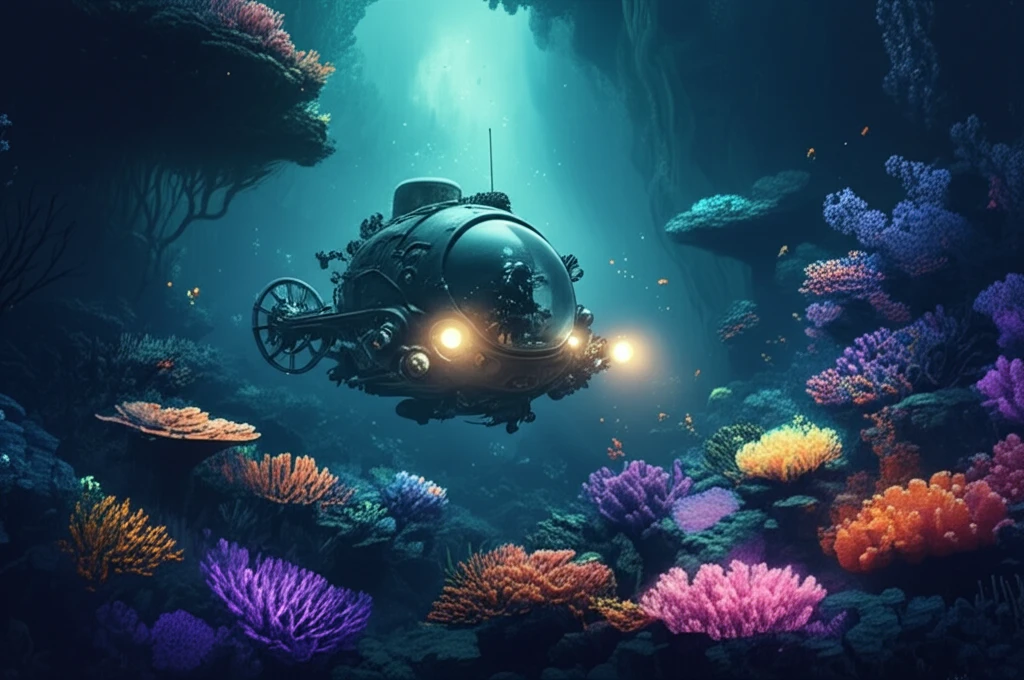
Dive Deep: How Nonlinear Filtering Clears the Waters of Underwater Imaging
"Unlock the secrets of clearer underwater images with advanced FPGA-based nonlinear filtering techniques, revolutionizing ocean exploration and automated vehicle navigation."
Underwater vehicles are the unsung heroes of ocean exploration, tasked with surveying the ocean floor, inspecting pipelines, and detecting targets. These vehicles often rely on optical sensors to capture images, but the results are frequently compromised by the unique challenges of the underwater environment. These challenges include non-uniform lighting, low contrast, and limited range, making it difficult to obtain clear and usable images.
To combat these issues, advanced image processing techniques are essential. Optical images captured by autonomous underwater vehicles need pre processing as they suffer from various adversary underwater conditions and require low power devices such as FPGA.
One promising approach is nonlinear filtering, particularly when implemented using Field-Programmable Gate Arrays (FPGAs). FPGAs offer a powerful platform for image processing due to their ability to perform complex computations with high parallelism, making them ideal for real-time applications. This article delves into how FPGA-based nonlinear filtering can significantly enhance underwater images, opening up new possibilities for ocean exploration and automated underwater navigation.
Why Underwater Images Need a Helping Hand: Understanding the Challenges

Underwater images often suffer from several common problems that degrade their quality. These include:
- Non-Uniform Lighting: Sunlight is quickly scattered and absorbed as it penetrates water, leading to uneven illumination and shadows.
- Low Contrast: The scattering of light reduces the contrast between objects, making it difficult to distinguish details.
- Limited Range: Water absorbs light, reducing the distance at which objects can be clearly seen.
- Color Distortion: Water absorbs different colors at different rates, resulting in a loss of color fidelity. Red light is absorbed first, followed by yellow and green, leaving blue as the dominant color.
The Future is Clear: The Impact of Enhanced Underwater Imaging
The successful implementation of Fast Fourier Transform and Inverse Fast Fourier Transform using FPGA has led the way for further innovation. The FPGA implementation of image processing algorithms for the automation of underwater vehicles exploits various ocean related research work to be done with FPGA which offers higher speed and lesser power requirements. Compared to other DSPs used for hardware implementation, the cost and speed of FPGAs are appreciated for developing prototypes.
